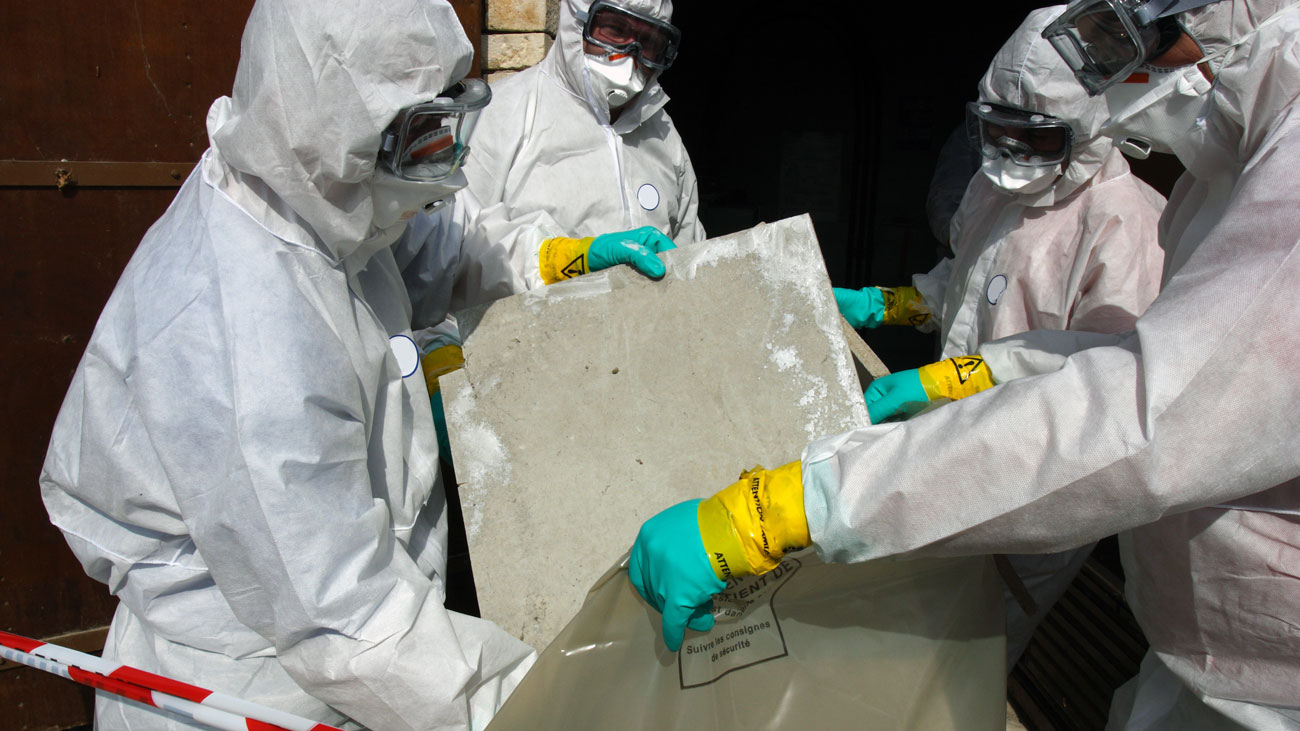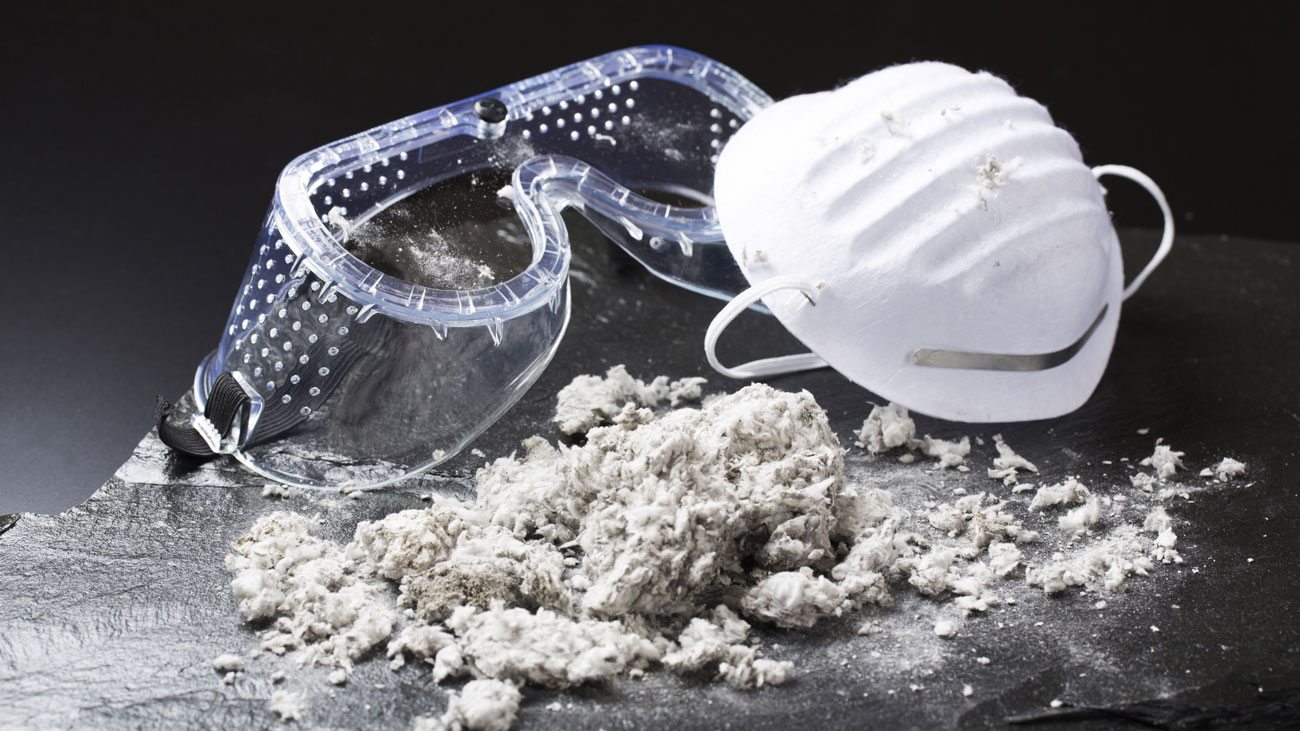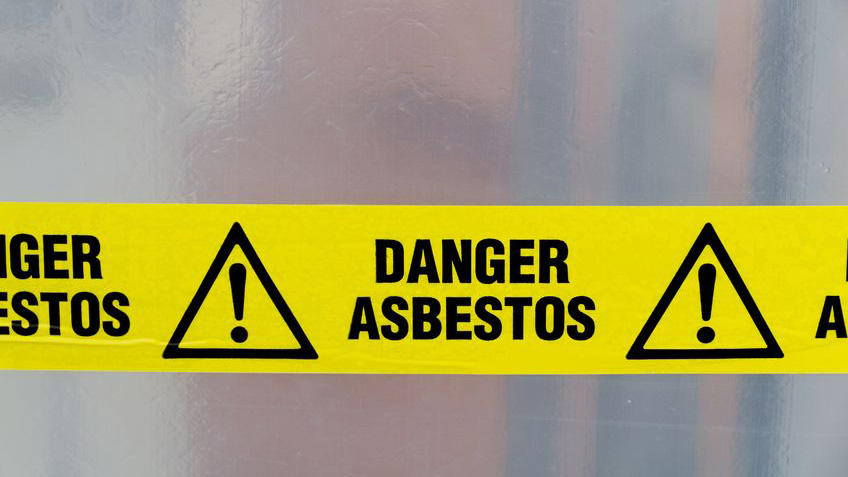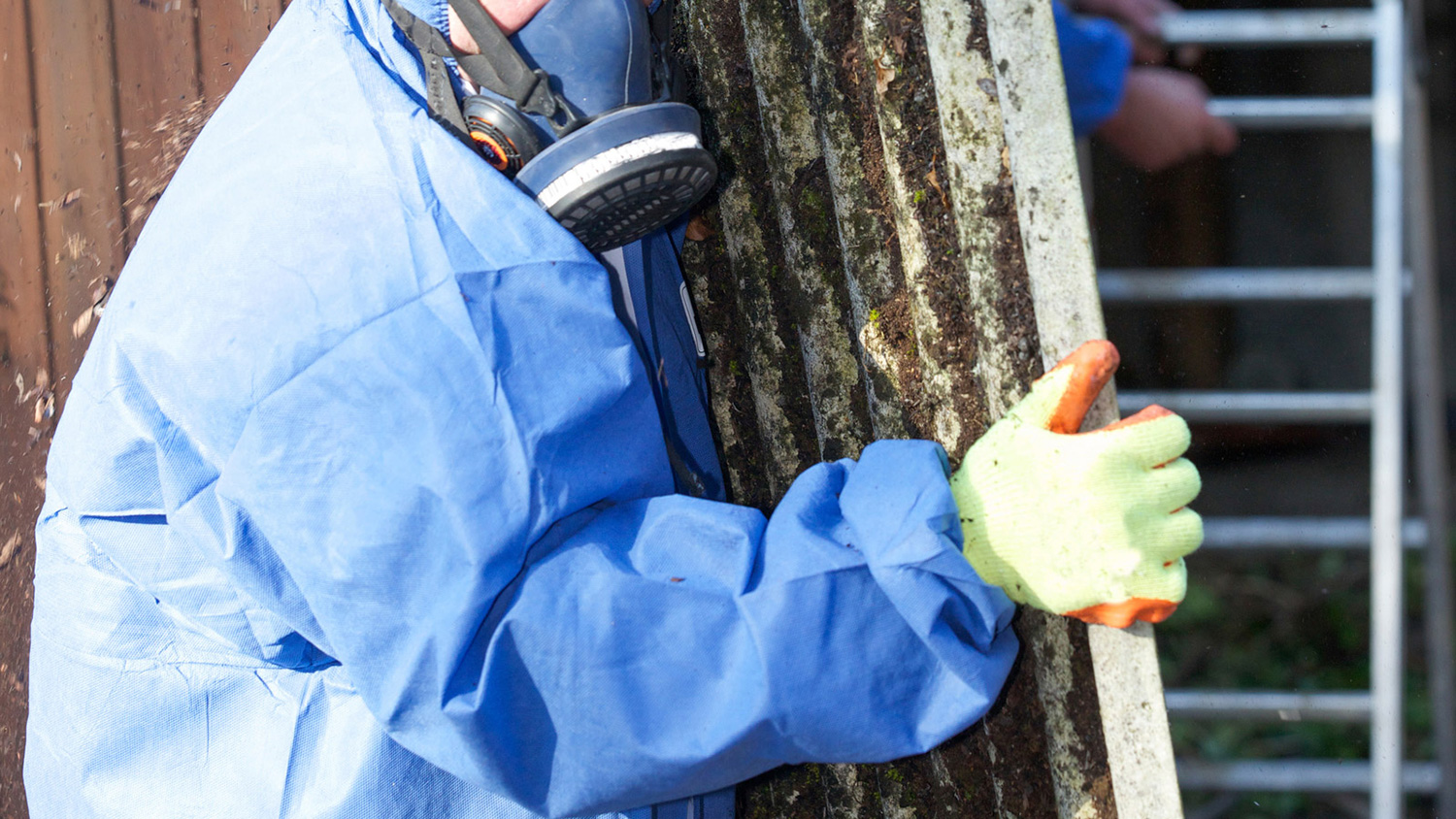
Call for new law requiring removal of all asbestos
The TUC is calling for new legislation requiring removal of all asbestos from public buildings, rather than the current policy of “managing” it.
Asbestos is still the biggest workplace killer according to the Health and Safety Executive, and Britain has the highest rates of mesothelioma cases in the world. But new research reveals that the majority of NHS buildings – including hospitals, health centres, blood donor clinics and GP surgeries – still contain asbestos more than 23 years since its use was banned in new buildings.
The survey found at least 451 premises with asbestos in London during the first half of 2022.
The TUC says the extent of asbestos presence in the research sample raises concern for the wellbeing of workers and members of the public using these premises.
It says the current Conservative government has neglected its responsibility to provide safe workplaces in public buildings, “turning a blind eye” to the extent of asbestos still present – putting workers at risk.
The union body is calling on a future Labour government to include asbestos removal as part of a large-scale retrofit programme of all public buildings, funded by its Climate Investment Pledge.
There is no safe threshold of exposure to asbestos fibres – inhalation even of small quantities can lead to mesothelioma decades after exposure. The TUC says that where asbestos is still present, it is not safe to assume there will be no disturbances that put working people in danger. The only way we will eradicate asbestos cancer is with a legal duty to safely remove asbestos, and a clear timetable for its eradication.
Ian Lavery MP, Chair of the All-Party Parliamentary Group on Asbestos, said:
“These shocking figures expose the extent of risk to dangerous carcinogenic exposure in the very places designed to nurture our health. Thousands of people are dying every year of asbestos-related illness, with thousands more being diagnosed. If asbestos is in a building, it will at some point become dangerous if it's disturbed, so we need plans in place for its removal from all public buildings.”
Currently, the duty to manage asbestos is contained in Regulation 4 of the Control of Asbestos Regulations 2012 and requires the duty-holder to:
- Take reasonable steps to find out if there are asbestos-containing materials (ACM) in non-domestic premises, and, if so, its amount, where it is and what condition it is in.
- Presume materials contain asbestos unless there is strong evidence that they do not.
- Make, and keep up to date, a record of the location and condition of the ACM – or materials presumed to contain asbestos.
- Assess the risk of anyone being exposed to fibres from the materials identified.
- Prepare a plan that sets out in detail how the risks from these materials will be managed.
- Take the necessary steps to put the plan into action.
- Periodically review and monitor the plan and the arrangements to act on it so that the plan remains relevant and up to date.
- Provide information on the location and condition of the materials to anyone who is liable to work on or disturb them.
International Workplace’s guide Asbestos: Duty to manage, takes a look at some of the complexities of managing asbestos in the workplace.




